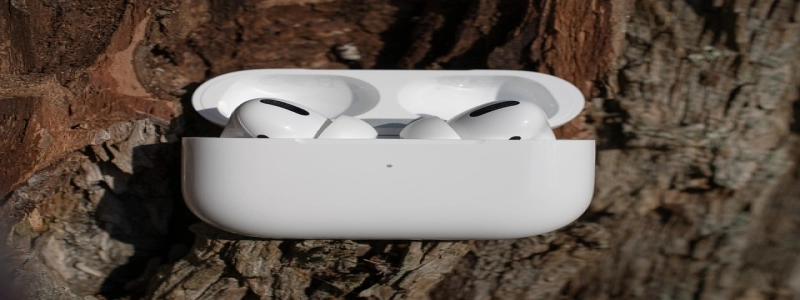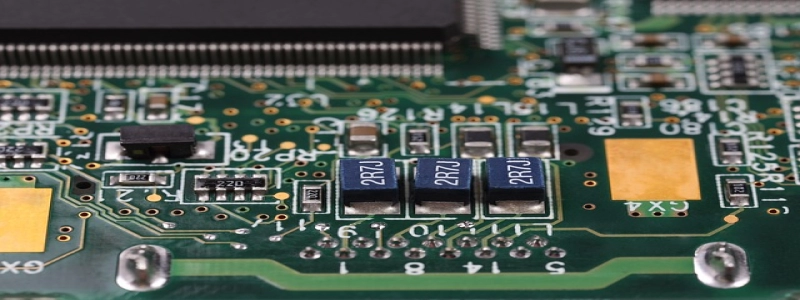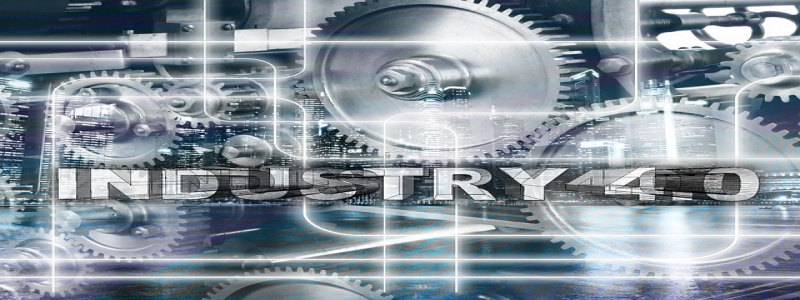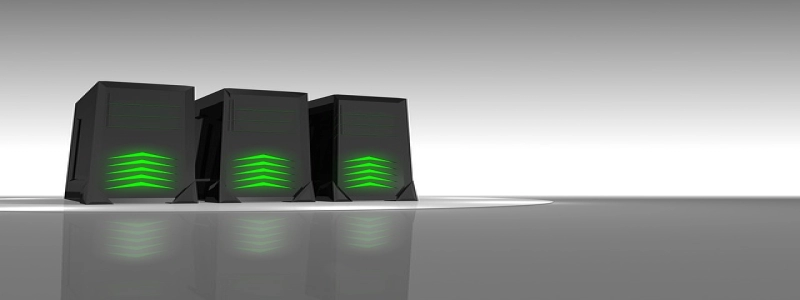Connector for Ethernet Cable
Introduction
Ethernet cables are widely used for connecting devices in computer networks. They provide a reliable and high-speed connection, allowing for fast data transfer. At the heart of an Ethernet cable is the connector, which plays a crucial role in ensuring a secure and efficient connection. In this article, we will delve into the different types of connectors commonly used for Ethernet cables and explain their unique features and functions.
I. RJ45 Connector
The most common type of connector used for Ethernet cables is the RJ45 (Registered Jack 45) connector. It is an 8-pin connector that resembles a phone connector but with more pins. The RJ45 connector is the standard for Ethernet connectivity and is used in almost all modern network devices, such as computers, routers, switches, and modems. It provides a secure and reliable connection, making it the go-to choice for Ethernet cable connections.
II. STP and UTP
RJ45 connectors can be used with two types of Ethernet cables: Shielded Twisted Pair (STP) and Unshielded Twisted Pair (UTP). STP cables are surrounded by a metal foil or braided shield, providing protection from electromagnetic interference. They are often used in environments where interference is a concern, such as industrial settings. On the other hand, UTP cables do not have any shielding and are more commonly used for general networking purposes.
III. TIA/EIA Standards
To ensure compatibility and performance, Ethernet connectors and cables follow the standards set by the Telecommunications Industry Association/Electronic Industries Alliance (TIA/EIA). These standards specify the design and performance requirements for connectors, including the pin layout and the maximum frequency the connector can support. It is important to use connectors that adhere to these standards for reliable network connections.
IV. Other Types of Connectors
While RJ45 connectors are the most commonly used, there are other types of connectors employed in specific scenarios. Some examples include:
1. RJ11: These connectors are similar in appearance to RJ45 connectors but have fewer pins. They are commonly used for telephone connections and for older networking technologies like DSL.
2. LC: LC connectors are used for fiber optic cables. These small, square-shaped connectors are designed for high-speed data transmission over long distances and are commonly used in data centers and telecommunications networks.
3. USB: In some cases, Ethernet adapters utilize USB connectors for connecting Ethernet cables to devices that do not have built-in Ethernet ports. This allows for easy network connectivity on devices like laptops and tablets.
Conclusion
Ethernet cables and connectors are essential components of modern computer networks. The RJ45 connector, in particular, is the most widely used connector for Ethernet cables and provides a secure and reliable connection. Understanding the different types of connectors and their features is crucial for ensuring the proper choice and installation of Ethernet cables in various networking environments. By following industry standards and considering specific requirements, users can enjoy a seamless and efficient network connection.








